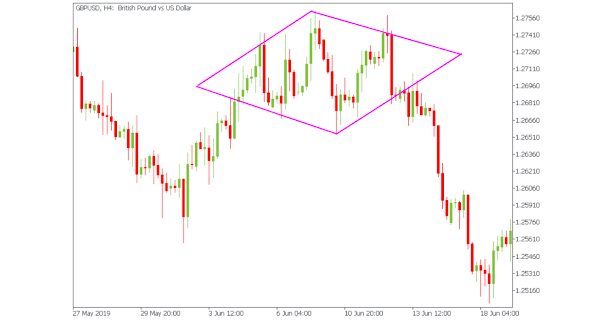Divergence Forex Trading: A Powerful Tool for Identifying Trend Reversals
Forex trading can be a challenging endeavor, requiring careful analysis and risk management. One of the most powerful tools in a trader's arsenal is the use of divergence analysis. Divergence forex trading is a technical analysis technique that can help traders identify trend reversals and potential trading opportunities.
Divergence occurs when the price of a currency pair moves in a different direction than the oscillator or indicator that is being used to track price movement. This can indicate a weakening trend or a potential trend reversal, making divergence analysis a powerful tool for traders.
There are two types of divergence: regular and hidden. Regular divergence occurs when the price of a currency pair moves in one direction and the oscillator or indicator moves in the opposite direction. This can indicate a potential trend reversal, as the momentum of the price movement is weakening. Hidden divergence occurs when the price of a currency pair moves in one direction and the oscillator or indicator moves in the same direction, but with less momentum. This can indicate that the trend is still strong, but may be losing momentum and could potentially reverse.
Divergence analysis can be used with a variety of technical indicators, including the Relative Strength Index (RSI), Moving Average Convergence Divergence (MACD), and the Stochastic Oscillator. Traders can use these indicators to identify potential divergence patterns and then use them to make trading decisions.
One of the key benefits of using divergence analysis in forex trading is that it can help traders identify potential entry and exit points for trades. For example, if a trader is using the RSI indicator and identifies a regular bearish divergence pattern, this could indicate a potential trend reversal and a good time to exit a long position or enter a short position. Similarly, if a trader identifies a hidden bullish divergence pattern, this could indicate that a strong trend is still in place and provide a good opportunity to enter a long position.
It's important to note that divergence analysis is just one tool in a trader's toolbox and should be used in conjunction with other technical and fundamental analysis techniques. Additionally, it's important to use proper risk management techniques when trading forex, as the market can be volatile and unpredictable.
Specifically, there are a few key strategies that traders can use when implementing divergence analysis in their forex trading:
Confirming Divergence with Other Indicators - While divergence analysis can be powerful, it's important to confirm any potential trend reversals with other technical indicators or fundamental analysis. For example, if a trader identifies a regular bearish divergence pattern using the RSI, they might also look for a support level to confirm the potential reversal. By combining multiple indicators, traders can reduce the risk of false signals and make more informed trading decisions.
Using Multiple Time Frames - Divergence analysis can also be effective when used across multiple time frames. For example, a trader might use the MACD indicator to identify bullish divergence on a daily chart, but also look for confirmation of the trend reversal on a shorter time frame, such as a 15-minute chart. This can help traders identify potential entry and exit points more accurately and reduce the risk of false signals.
Using Divergence to Identify Continuation Patterns - While divergence analysis is often used to identify trend reversals, it can also be effective for identifying continuation patterns. For example, a trader might use the Stochastic Oscillator to identify hidden bullish divergence, indicating that a strong uptrend is likely to continue. By using divergence analysis in this way, traders can identify potential trading opportunities even when the market is trending strongly in one direction.
Conclusion
In conclusion, divergence analysis is a powerful tool for identifying trend reversals and potential trading opportunities in forex trading. By using technical indicators to identify regular and hidden divergence patterns, traders can make informed trading decisions and manage risk more effectively. However, it's important to use divergence analysis in conjunction with other analysis techniques and to practice proper risk management when trading forex.













